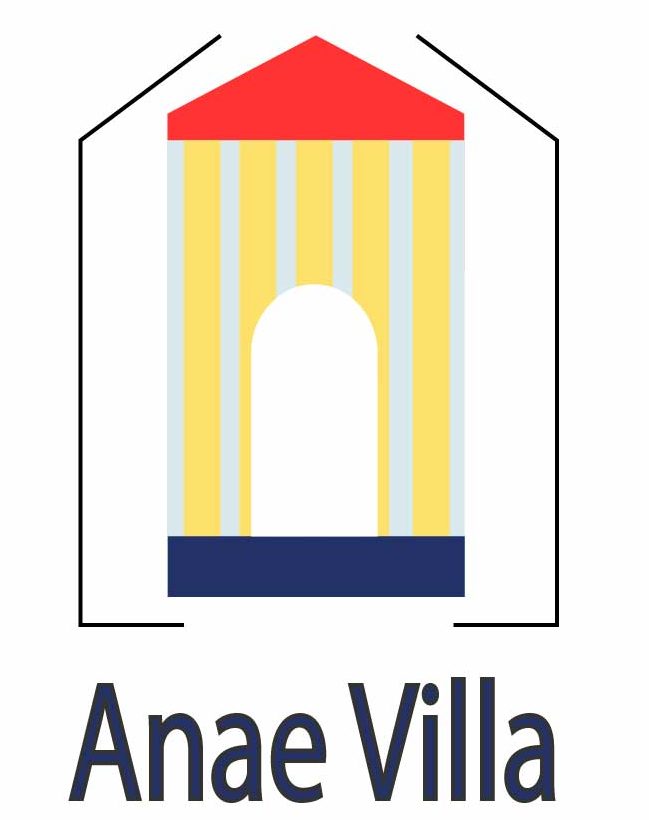Shirt printing has developed from a simple dress decoration solution to an energetic and innovative market which allows individuals to express their own type and firms to establish exclusive model identities. That artistic project requires using types, styles, or text onto T-shirts applying different printing techniques. The usefulness of Shirt making is reflected in their ability to appeal to a wide range of tastes, from individualized claims and elaborate types to promotional branding.
The process of Shirt making begins with design generation, which can range from hand-drawn cases to electronic graphics. Improvements in technology have managed to get simpler for designers and people equally to release their imagination, causing an intensive variety of possibilities. Whether for personal use, special occasions, or corporate events, Shirt making has become a means of wearable self-expression.
One of the most popular methods in T-shirt printing is monitor printing, a way that requires using a stencil or monitor to transfer printer onto the fabric. This method is common for the longevity and power to replicate complex models with precision. Direct-to-garment (DTG) making in addition has obtained prominence, especially for small-scale shows, utilizing particular printers to apply comprehensive patterns directly onto the T-shirt.
Modification lies at the heart of T-shirt printing. Persons can decide the type of T-shirt substance, shade, and model, enabling a customized closet that reflects their tastes. This degree of modification extends to organizations seeking branded merchandise. From business logos to promotional slogans, T-shirt printing acts as a real and cellular advertising software that fosters company recognition.
T-shirt making has discovered their place in the style industry as wearable art. It has turned into a system for musicians and manufacturers to highlight their talents, turning T-shirts in to canvases that carry communications, design, and illustrations. Restricted release and artist collaborations have more elevated the status of produced T-shirts, turning them in to classic pieces that blur the lines between style and art.
Environmentally friendly influence of T-shirt making has also come below scrutiny, prompting a to investigate sustainable practices. Water-based and eco-friendly inks, along with the utilization of organic cotton and recycled materials, are developing popularity as consumers seek more environmentally conscious choices. This change shows an increasing recognition of the need for responsible creation in the region of style and textiles.
Entrepreneurs have seized the options within the T-shirt making market, with small-scale businesses and online tools letting persons to create and obtain custom T-shirts with ease. Print-on-demand services have democratized the process, permitting everyone else, from hobbyists to aspiring makers, to turn their a few ideas in to real services and products without the need for big upfront investments or supply management.
The democratization of Shirt making has also performed a position in social and social movements. Custom T-shirts are becoming a material for activism, varsity persons to wear their values, support triggers, and participate in interactions through visually impactful designs. From political claims to social justice campaigns, T-shirt making has turned into a software for fostering talk and expressing solidarity.

To conclude, Shirt printing has transcended its effective origins to become dynamic intersection of artwork, style, and self-expression. Their development from traditional methods to contemporary systems has democratized the, letting people and businesses to participate in the development of distinctive, individualized garments. Whether as a form of wearable art, a promotional tool, or a vehicle for activism, T-shirt making continues to form and reveal the varied narratives of our society.
